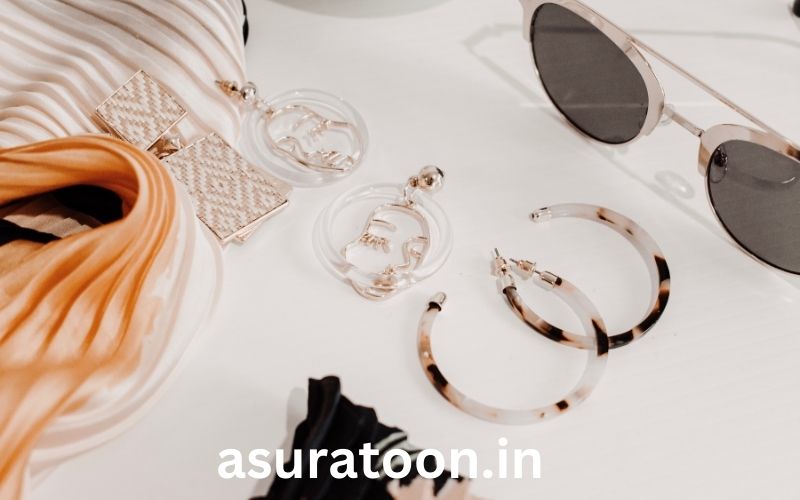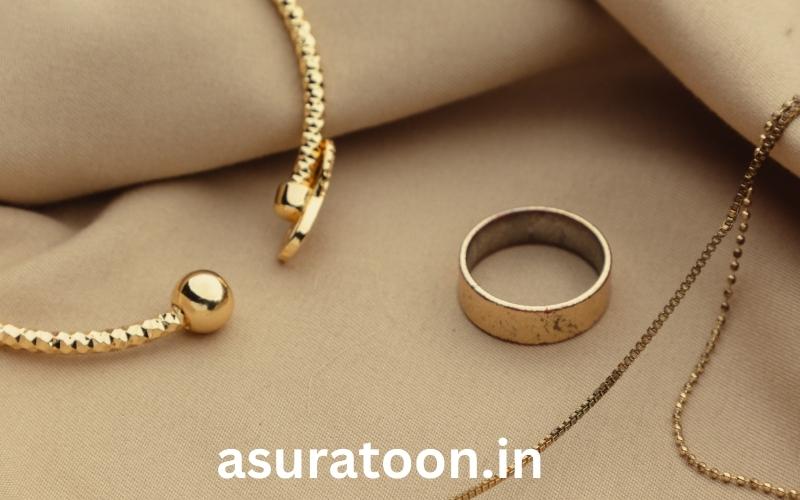Negative canthal tilt is a term often used in the field of facial aesthetics and medicine. It refers to a specific type of eye shape where the outer corner of the eyes (the canthus) is lower than the inner corner. This gives the eyes a “downturned” or “sad” appearance. In medical terms, the canthal tilt refers to the angle formed by the line connecting the inner and outer corners of the eyes. Typically, a slight upward tilt is considered normal, while a negative canthal indicates a downward angle. Though it may not cause any physical discomfort, it can impact a person’s facial appearance and be a cause of concern for some individuals.
Understanding this condition requires knowledge of both its visual effects and potential underlying causes. Whether it results from natural aging, genetics, or medical conditions, knowing about negative canthal can help in deciding whether to seek corrective procedures or not.
Key Points:
- Negative canthal tilt gives a “downturned” appearance to the eyes.
- It can be caused by genetics, aging, or other medical conditions.
- There are several treatment options available for correction, including cosmetic surgery.
What Causes Negative Canthal Tilt?
Negative canthal can result from various factors, ranging from natural genetic predisposition to environmental influences. One of the primary reasons is simply the genetic structure of the individual’s face. For some people, their eyes are naturally shaped in such a way that the outer canthus points downward.
As individuals age, the muscles and tissues around the eyes weaken, leading to sagging skin and a more pronounced downward tilt. This is often accompanied by the development of bags under the eyes and wrinkles, contributing further to the negative tilt.
Example:
Consider a person with a family history of downturned eyes. This genetic trait might naturally lead to a canthal tilt, without any external factors being involved.
Note: In some cases, medical conditions like facial paralysis or thyroid issues can lead to abnormal eye positioning, contributing to a negative canthal tilt.
How Does Negative Canthal Tilt Affect Facial Aesthetics?
The angle of the eyes plays a significant role in the overall balance of the face. When the outer corners of the eyes tilt downward, the face may appear tired, sad, or older than it actually is. This can have an impact on one’s self-esteem, especially in a society that places a lot of importance on youthful and symmetrical appearances.
Example:
People with negative canthal may feel their facial features appear more sorrowful or tired. It can cause them to appear less approachable, even if they are not feeling that way internally.
Additionally, a negative canthal can disrupt the harmony between other facial features such as the nose, cheeks, and mouth. The result is often a face that feels “unbalanced” or “off-center.”
Treatment Options for Negative Canthal Tilt
Fortunately, if you are concerned about your negative canthal , there are a variety of treatment options available. The most common and effective treatments are surgical procedures, though non-surgical options also exist.
Surgical Options:
One of the most effective surgical treatments for negative canthal is canthoplasty. This procedure involves repositioning the lower eyelid to achieve a more neutral, upward angle. Surgeons may also combine canthoplasty with eyelid lift procedures (blepharoplasty) to tighten the skin around the eyes, improving both the position of the eyelids and the appearance of the face.
Non-Surgical Options:
For those who want a less invasive approach, Botox injections are sometimes used to relax the muscles around the eyes. This can help lift the outer corners and improve the tilt temporarily. Additionally, dermal fillers may be injected into the area beneath the eyes to give the face a more youthful and balanced appearance.
| Treatment Option | Type | Cost Range | Result Duration |
| Canthoplasty | Surgical | $4,000–$6,000 | Permanent |
| Botox Injections | Non-Surgical | $200–$600 | 3–6 months |
| Dermal Fillers | Non-Surgical | $500–$1,500 | 6–12 months |
Reminder: Always consult with a board-certified surgeon or dermatologist before opting for any surgical or non-surgical treatments.
How to Prevent or Minimize Negative Canthal Tilt?
While it may not always be possible to prevent a negative canthal, there are steps you can take to minimize its effects. Leading a healthy lifestyle that includes proper hydration, a balanced diet, and a good skincare routine can help maintain skin elasticity around the eyes. Regular facial exercises that target the muscles around the eyes may also slow down the aging process and reduce the severity of the tilt.
Moreover, wearing sunglasses to protect the skin from UV rays and practicing good sleep hygiene can also contribute to maintaining a youthful eye appearance.
Example:
An individual who avoids excessive sun exposure and practices regular moisturizing may notice fewer signs of sagging and a more symmetrical eye appearance.
Conclusion
Negative canthal, although often a cosmetic concern, can have a significant impact on one’s appearance and self-esteem. While some individuals may embrace the natural tilt of their eyes, others may seek corrective measures to improve facial balance and symmetry. Whether through surgical options like canthoplasty or non-invasive treatments like Botox and dermal fillers, there are a variety of ways to address this condition. Understanding the causes, effects, and available treatments for canthal tilt is the first step in deciding how to proceed, ensuring that each individual can feel confident and comfortable in their appearance.
FAQ’s
Q1: What is negative canthal tilt?
A negative canthal tilt refers to a downward angle of the outer corners of the eyes, making the face appear sad or tired.
Q2: Can negative canthal tilt be corrected?
Yes, both surgical (canthoplasty) and non-surgical (Botox, dermal fillers) options can help correct negative canthal tilt.
Q3: What causes negative canthal?
It can be caused by genetics, aging, or medical conditions like facial paralysis or thyroid issues.
Q4: Is negative canthal tilt a sign of aging?
Yes, as we age, the muscles and skin around the eyes can weaken, contributing to a negative canthal tilt.
Q5: How long do non-surgical treatments last?
Non-surgical treatments like Botox typically last 3 to 6 months, while dermal fillers may last 6 to 12 months.




